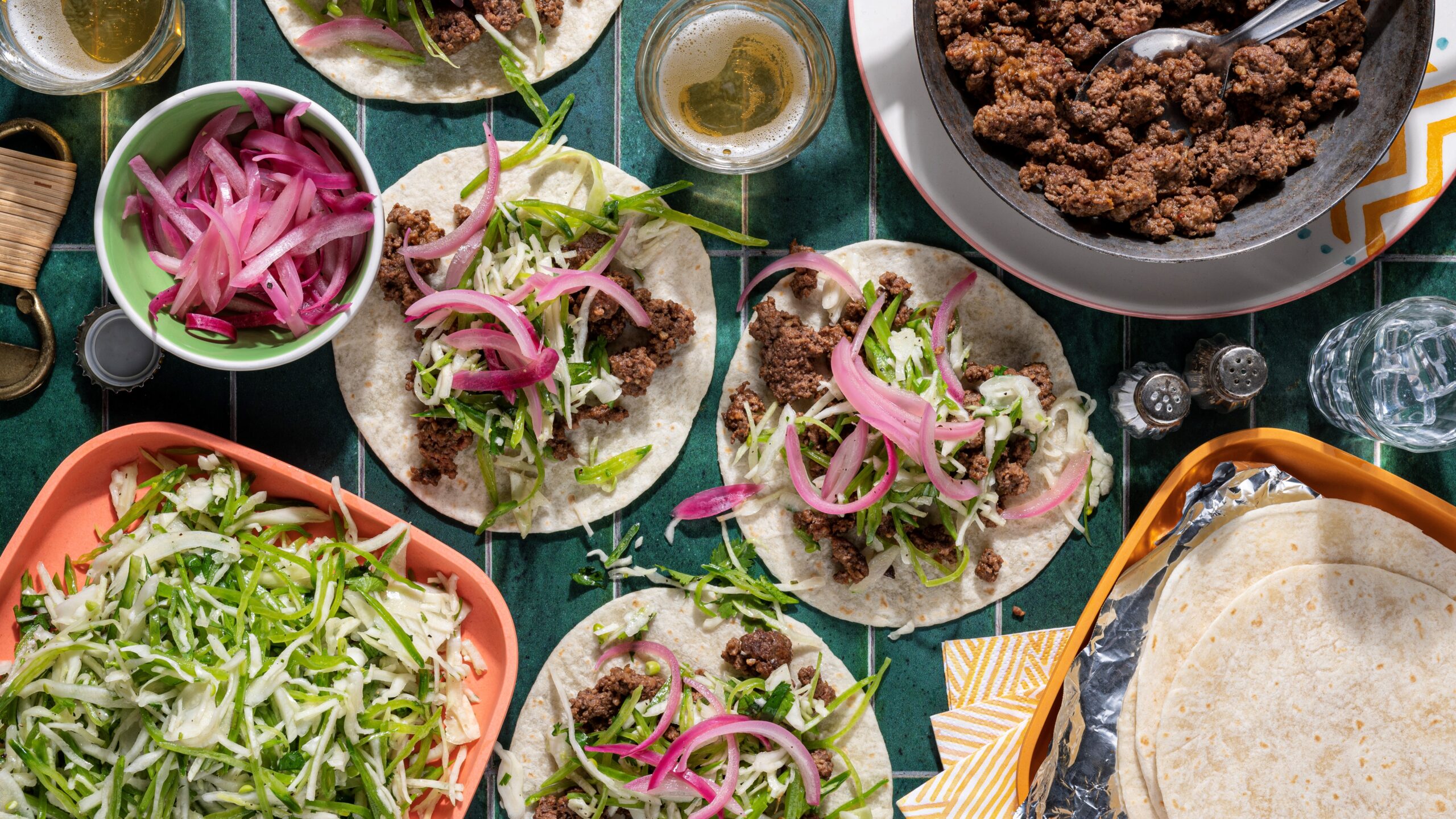
Goodfood, good for the planet
If wasted food were a country, its carbon footprint would rank third worldwide – smaller than the U.S. and China, but bigger than every other nation. The National Zero Waste Council shares that in Canada alone, we waste 2.2 million tonnes of food each year, leading to 9.8 million tonnes of CO2 equivalent. Goodfood, a Canadian meal kit provider, was born in 2014 with the goal of challenging the traditional food supply chain, helping Canadians reconnect with their food, and ultimately healing the earth.
We spoke with Raffi Krikorian, EVP of Ready-to-Cook & Supply Chain, to learn more about Goodfood's sustainability initiatives and their efforts to offset emissions, reduce food waste, minimize packaging waste, and source locally.
Better than good: offsetting emissions for a sustainable future
Goodfood was founded from a deep-seated passion for food and technology, coupled with a desire to challenge the status quo. Recognizing that the conventional food supply chain wasn’t healthy for Canadians or good for the earth, founders Jonathan Ferrari and Neil Cuggy established Goodfood to help Canadians rediscover the joy of home-cooked meals while lessening their environmental impact.
While meal kit delivery already generates 33% fewer carbon emissions than traditional grocery shopping, Goodfood aims to go further. “Over the past nine years, Jonathan and Neil realized that ‘good’ simply wasn’t good enough, so the company is taking additional steps to become a leader in the pursuit of a sustainable food future,” Raffi said.
Goodfood recently partnered with Less Emissions, Bullfrog Power’s sister brand, to offset carbon emissions associated with their meal kit deliveries. According to Raffi, "Offsetting the carbon emissions related to our meal kit deliveries reduces our impact on the planet, supports Canadian carbon offset projects, and plays an important role in our endeavor to leave the planet better than we found it for future generations."

Reducing food waste from farm to table
An alarming 58% of the food produced in Canada is wasted, much of it by grocery stores. One of the advantages of meal kits is their ability to reduce food waste at home and throughout the supply chain.
On the supply chain side, Goodfood reduces waste by prioritizing partnerships with local suppliers who farm and fish responsibly and sustainably. With a just-in-time ordering system, Goodfood ensures that produce is harvested three to four days before it reaches the customer's doorstep, making it seven days fresher than grocery store counterparts. “Much of the produce at grocery stores is thrown out because it’s gone bad, or because it doesn’t look visually appealing and isn’t purchased,” Raffi said.
To eliminate food waste at home, Goodfood pre-portions its meal kit ingredients so that customers receive only what they need to prepare their meals. In contrast, traditional grocery shopping often results in leftover ingredients that go unused and are eventually thrown out.
Balancing plastic reductions and performance
Although meal kits tend to have more packaging than traditional grocery store meals, Goodfood is continuously working on sustainable solutions. Raffi acknowledges that achieving great packaging performance and eco-friendliness is a challenge for the meal kit industry, saying, “Customers aren't always home to receive their orders immediately, so our packaging has to ensure that ingredients arrive at their freshest and stay that way for as long as possible."
The company is continuously working to ensure that its packaging, made primarily from recycled materials, is recyclable or compostable. Goodfood's shorter supply chain also reduces the need for excessive packaging, as their produce doesn't get packaged and repackaged at multiple distribution centres and warehouses.

Local, seasonal food is sustainable food
By sourcing food locally, Goodfood significantly reduces the carbon footprint of its meal kits. With a shorter supply chain compared to traditional grocery stores, Goodfood's produce travels shorter distances, resulting in fewer emissions.
Sourcing local food outside the growing season in Canada presents challenges, but Goodfood has partnered with technologically advanced Canadian suppliers to ensure year-round availability of fresh produce. By using energy-efficient greenhouses and sophisticated storage systems, Goodfood's suppliers can provide local cucumbers, tomatoes, sweet potatoes, and more, regardless of the season. These innovative approaches not only support local farmers but also contribute to a more sustainable food system.
Sustainability is a key ingredient
By offsetting emissions, reducing food waste, and sourcing locally, Goodfood is making tangible progress towards a more environmentally conscious future. By disrupting the way that Canadians shop and cook, the company has shown that convenience and sustainability can go hand in hand.
Have you thought about eating more sustainably with a meal kit? Goodfood is offering our readers up to $366 off their first four orders! Click here or enter code BULLFROG at checkout.